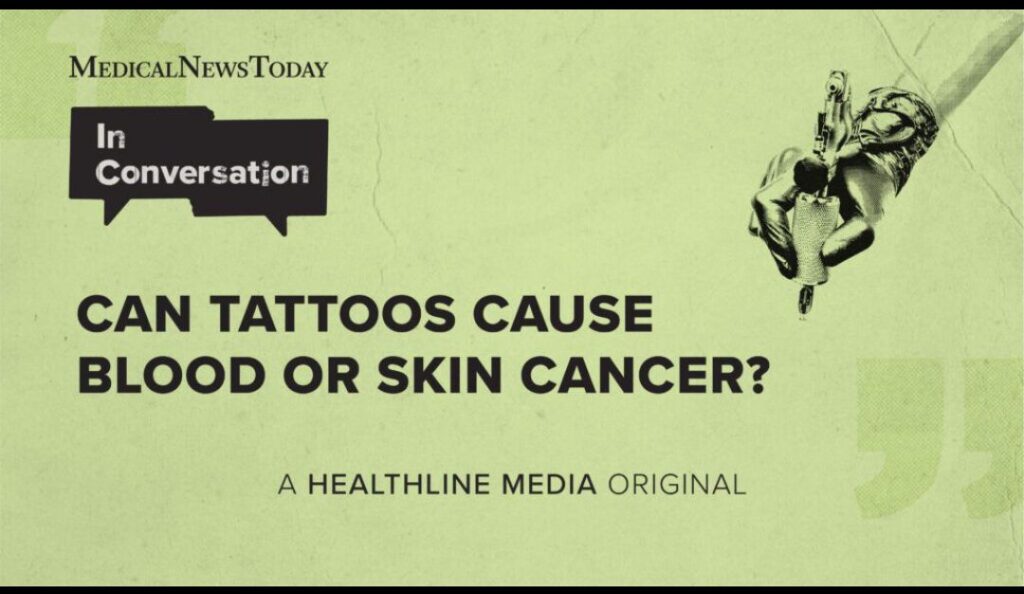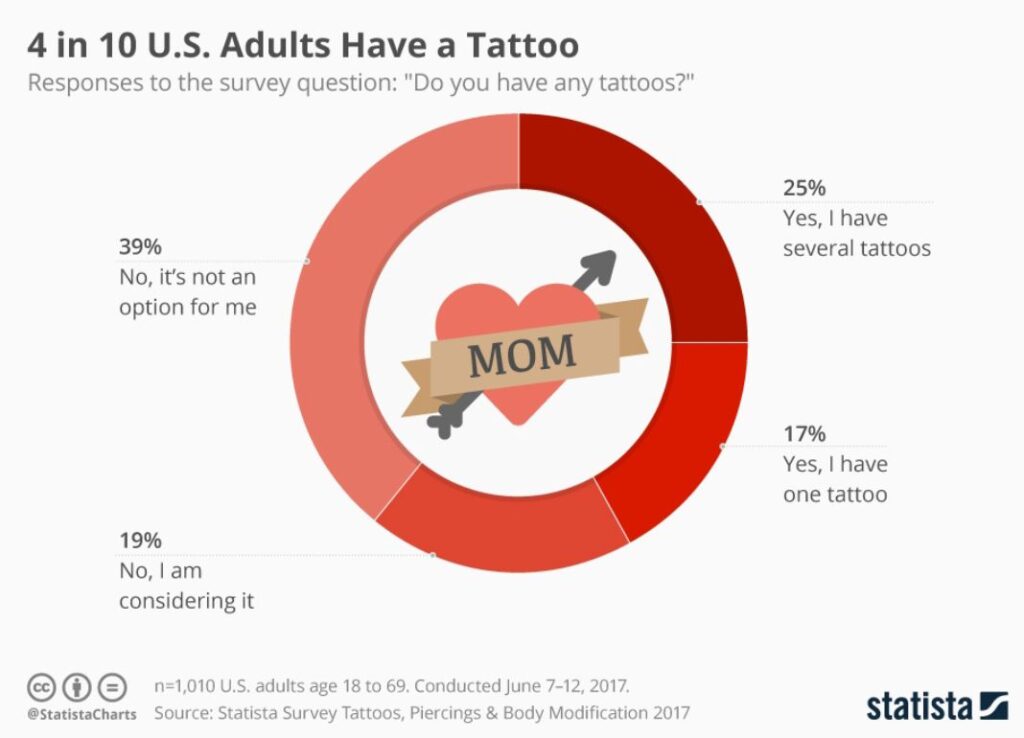
1. Microbial Menace: Contaminated Tattoo Inks
A recent FDA-backed study in the U.S. discovered that 35% of commercial tattoo and permanent makeup inks are contaminated with bacteria—including dangerous anaerobic strains—despite being in sealed containers . This alarming figure underscores the urgent need for vigilance and improved manufacturing practices.
2. Allergic & Chronic Skin Reactions
In New York, researchers at NYU Langone found up to 6% of tattooed individuals endure persistent rashes, severe itching, or swelling lasting four months or longer . Often, these stubborn reactions are linked to red or black ink, with some cases necessitating surgical resolution.
3. Toxic Chemical Fallout

Tattoo inks may contain industrial-grade pigments and hazardous chemicals—such as heavy metals and azo dyes—that raise serious safety concerns. In the UK, studies found 83% of black inks contained carcinogenic compounds like barium, copper, and mercury . Equally, worldwide assessments reveal that many inks harbor substances classified as carcinogenic under IARC studies .
4. Infection Risks & Lack of Regulation
In the UK, anyone can legally open a tattoo parlour with no mandatory health training or certification—prompting public health experts to call for regulatory oversight . Meanwhile, in the U.S., tattoo ink remains unregulated: there’s no requirement for safety testing before market release .
5. The Popularity Paradox
Despite the risks, tattoos continue to thrive: nearly 32% of Americans and around 40% of UK adults have tattoos . Many find tattoos therapeutic—helping promote self-expression, commemorate milestones, or reclaim agency after trauma .
6. Removing the Ink: A Complicated Journey
Tattoo removal is surging—particularly among young professionals—driven by career shifts, evolving tastes, or symbolism that no longer resonates. Procedures like PicoSure laser are costly and can take up to two years to complete .
Leave a Reply